Some natural events are so rare and fleeting, you could live an entire lifetime and only witness them once, if at all.
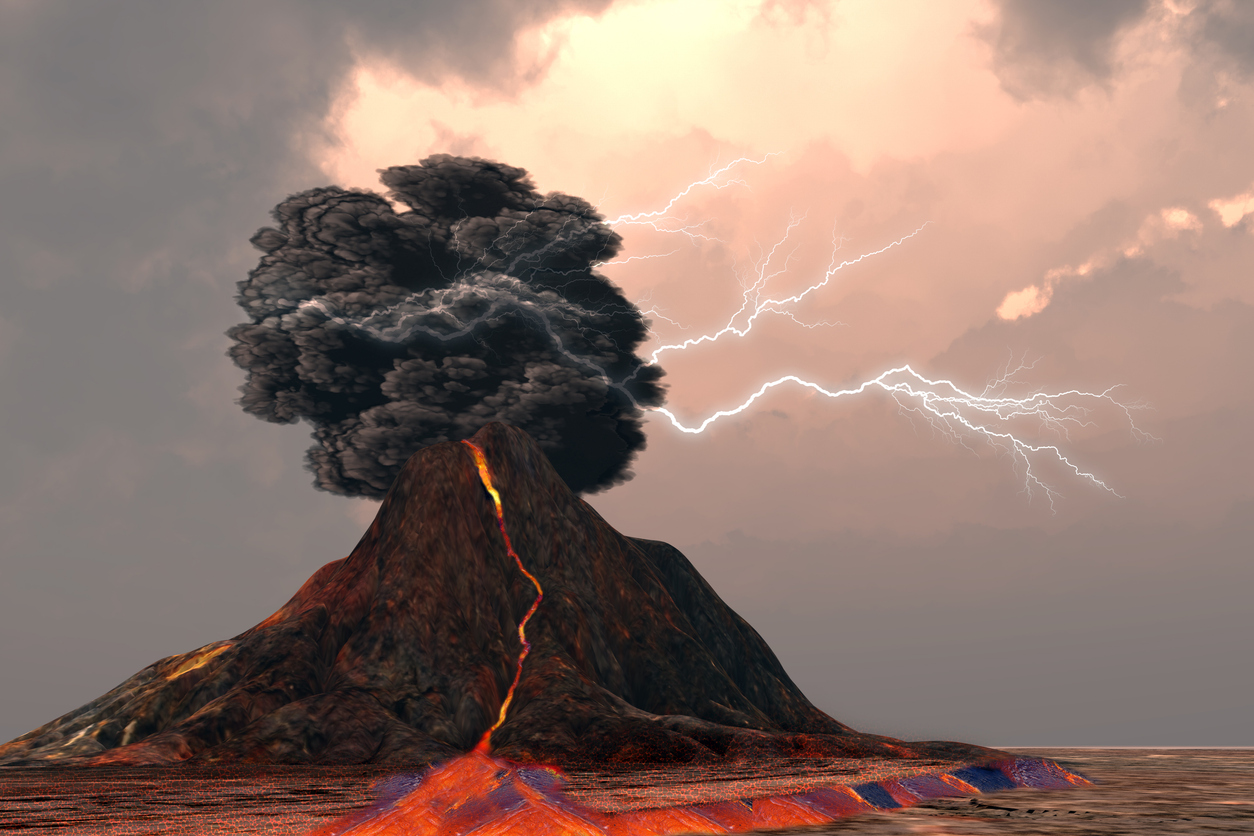
These aren’t everyday sunrises or seasonal shifts. They’re singular, surreal moments that remind you how wild, unpredictable, and breathtaking the natural world really is. Here are 10 natural phenomena that occur so rarely, catching one in real life feels like winning the universe’s version of a lottery. If you’ve witnessed any of them, consider yourself incredibly fortunate (and me jealous!).
1. A total solar eclipse in your exact location
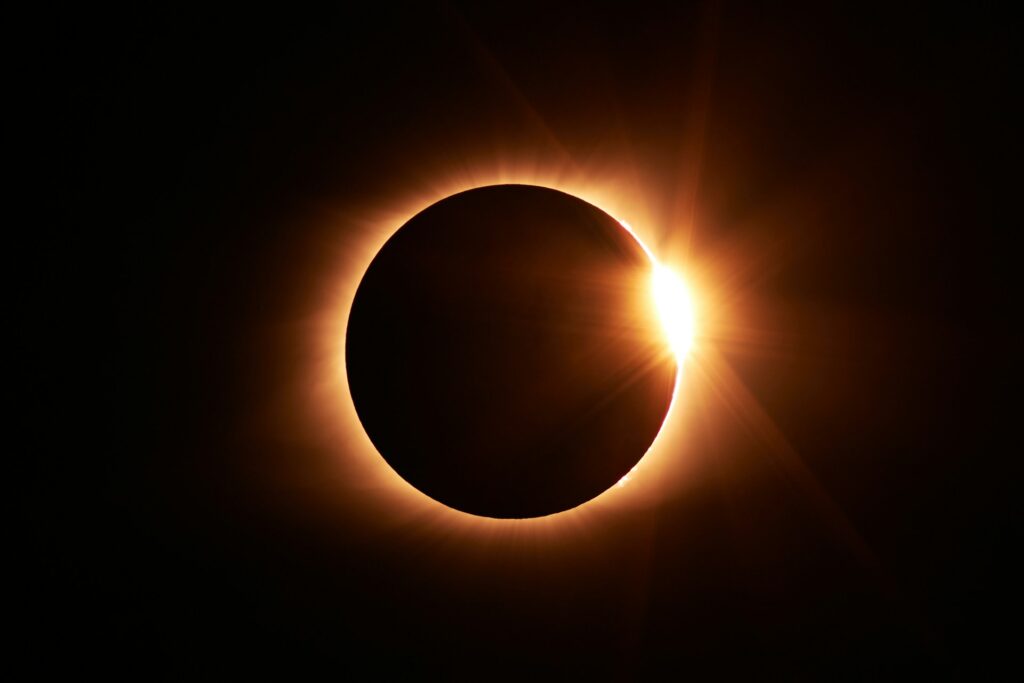
While total solar eclipses happen somewhere on Earth roughly every 18 months, they only pass over the same spot once every 300–400 years. That means seeing one without travelling could be a true once-in-a-lifetime experience.
During the brief window of totality, the day turns to twilight, birds fall silent, and the sun’s corona blazes like a ring of fire. It’s a moment that hits differently—visually stunning and emotionally surreal, as the sky reminds you how small and temporary we all really are.
2. The blooming of the corpse flower

Amorphophallus titanum—better known as the corpse flower—can take over a decade to bloom for the first time. And even then, its dramatic, pungent display lasts just a day or two before collapsing again into dormancy.
Named for its overpowering stench of rotting flesh, the bloom is a botanical spectacle that draws crowds from miles away. Many botanical gardens around the world treat it like a rare event with livestreams and countdowns, and for good reason. You could walk past that same plant for years and never catch its one show-stopping moment.
3. The great sardine run
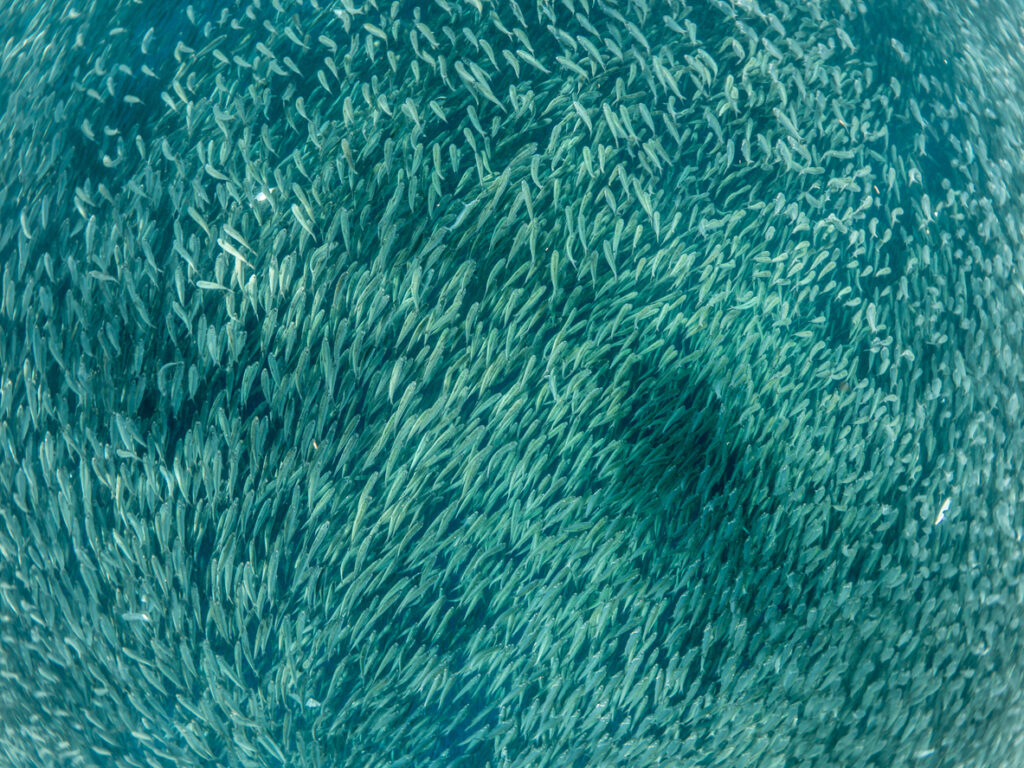
Each year, billions of sardines travel up the South African coast in a migration so dense it looks like a shimmering river underwater. But some years, the sardine run doesn’t happen at all, or happens so subtly, only marine biologists notice.
When it does hit its full glory, it draws a feeding frenzy unlike anything else: dolphins, sharks, seabirds, and whales all diving into the same cloud of fish. Divers who witness it often describe it as the most cinematic underwater scene they’ve ever experienced—utter chaos, pure wonder.
4. Bioluminescent tides in full bloom

Bioluminescence isn’t rare in itself, but seeing a shoreline light up with glowing blue waves is. These blooms, caused by marine plankton called dinoflagellates, only happen under just-right conditions of temperature, tide, and darkness.
If you’re lucky enough to catch it, every movement in the water becomes electric. Footsteps sparkle in wet sand, and crashing waves pulse with blue light. It’s the kind of phenomenon that feels too magical to be real, like nature’s version of a neon dreamscape.
5. A “blood snow” event in alpine zones
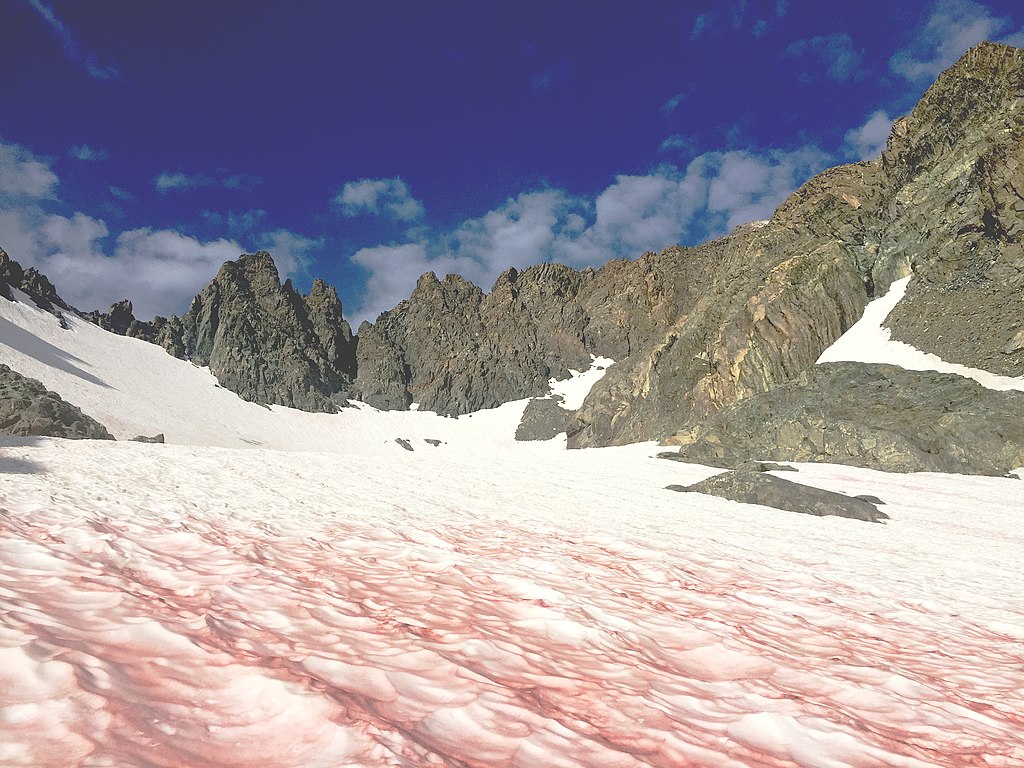
Sometimes high-altitude snowfields turn a deep red or pink shade due to algae known as Chlamydomonas nivalis. It’s commonly called blood snow or watermelon snow, and it only appears under very specific conditions in late spring or early summer.
The colour is caused by a pigment that protects the algae from sun damage. It’s rare, fleeting, and stunning, but also strange to see something so visually jarring in such a quiet, icy environment. You can hike the same trail every year and only see it once.
6. The blooming of desert wildflowers after a super bloom
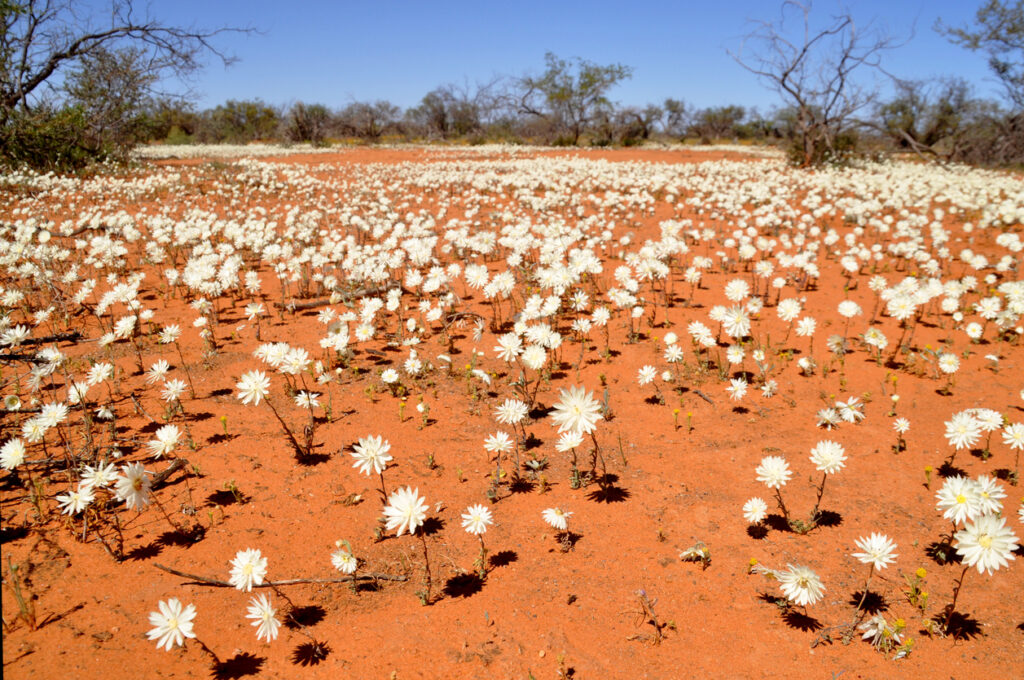
In the world’s driest regions, like California’s Death Valley or Chile’s Atacama Desert, years can pass with barely a drop of rain. But when a rare, well-timed rainfall hits just right, the desert explodes with colour.
These “super blooms” carpet otherwise barren landscapes with flowers in brilliant purples, yellows, and oranges. They only happen when specific rain and temperature patterns align, and even then, not always in the same spot. Locals will tell you: once you see it, you never forget it.
7. A lunar rainbow or “moonbow”
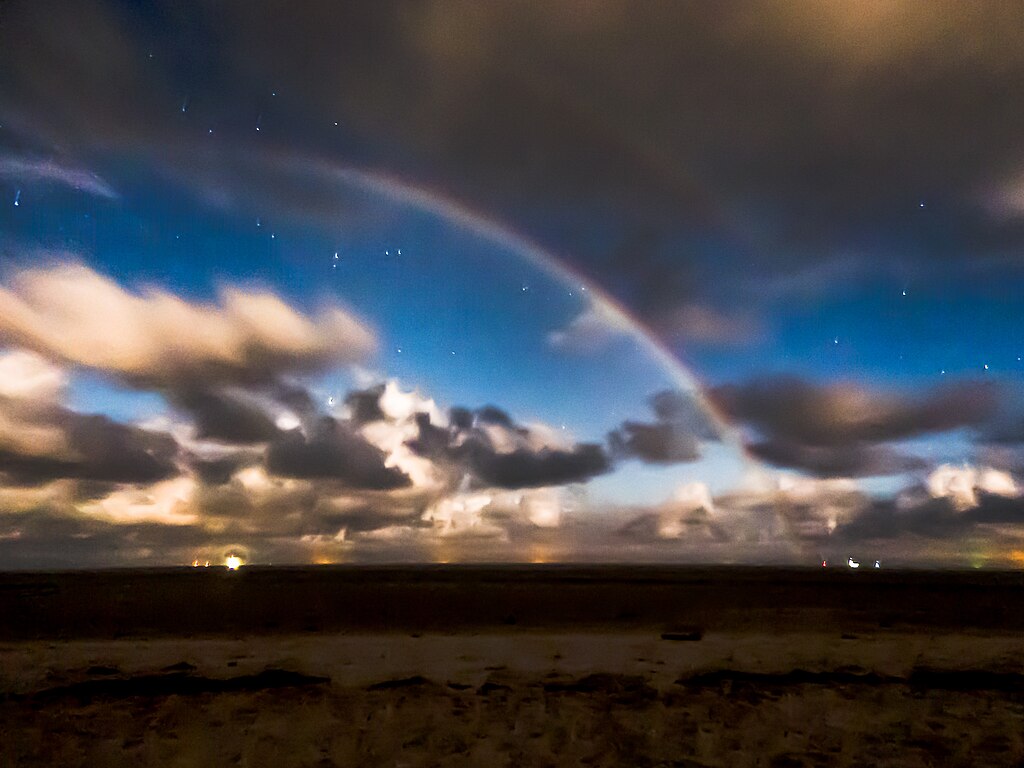
Rainbows are common, but spotting one made by moonlight is rare. Moonbows require a near-full moon, the right angle of moisture in the air, and just the right viewing conditions, usually near waterfalls or during misty nights. Unlike daytime rainbows, moonbows are faint, often silvery or white, and barely visible to the naked eye unless you’re in total darkness. Catching one feels like seeing a glitch in the sky—quiet, ghostlike, and eerily beautiful.
8. The migration of monarch butterflies
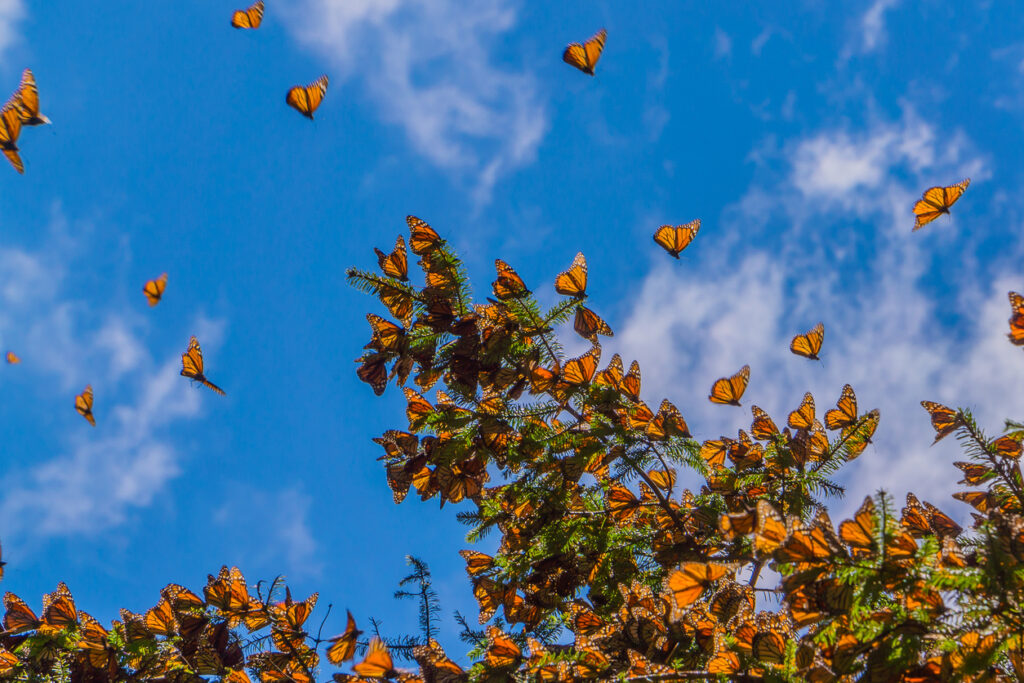
Every autumn, millions of monarch butterflies migrate thousands of miles from Canada and the U.S. to their wintering grounds in central Mexico. Seeing them blanket the trees in golden orange is a visual and emotional experience you can’t fully explain.
But the migration is under threat. Deforestation, pesticides, and climate change are reducing both their numbers and the reliability of their route. For many people, especially younger generations, seeing the monarch migration in full swing might soon become a story rather than a memory.
9. A volcanic lightning storm
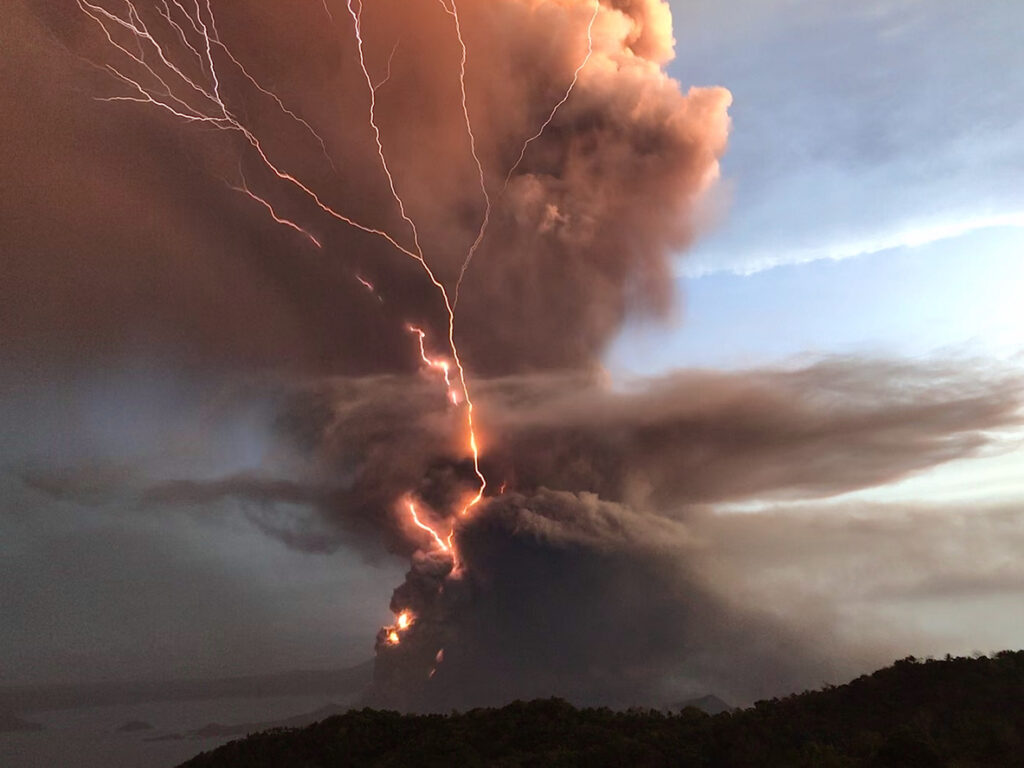
When a volcano erupts with enough force and ash, it can create its own lightning storm within the plume—a wild mashup of two powerful forces in one dramatic event. The effect looks apocalyptic, with bolts flashing through dark clouds of smoke and lava.
It’s rare, dangerous, and hard to predict. Photographers who’ve captured it often spend years waiting for the perfect alignment of eruption strength, atmospheric conditions, and visibility. For most of us, it’s something we’ll only ever see in photos or documentaries.
10. A full solar halo with perfect symmetry
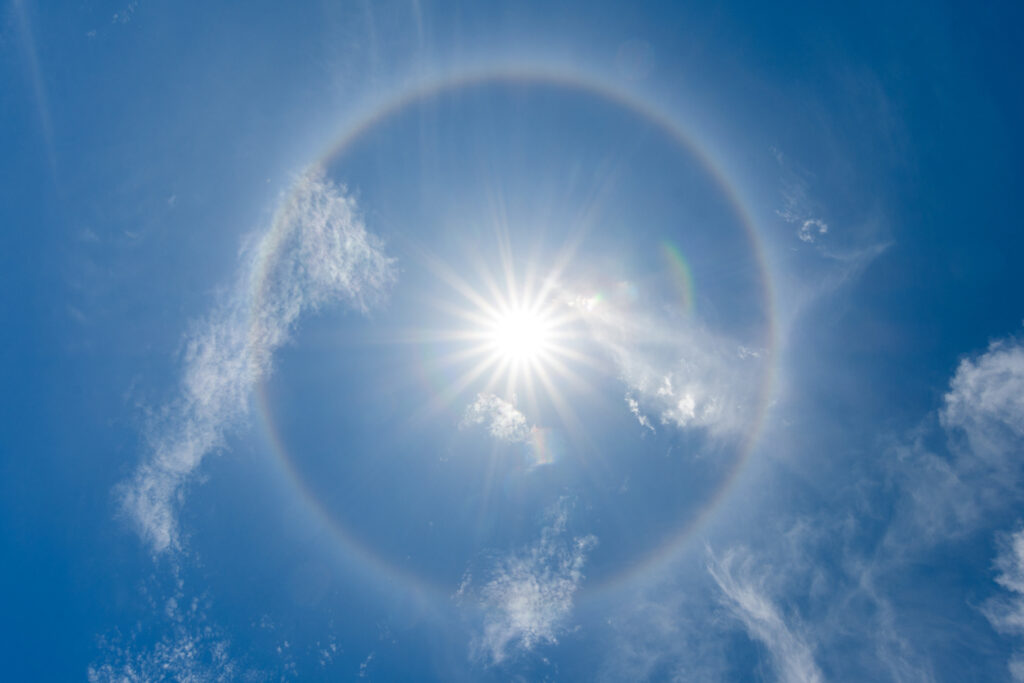
Halos around the sun happen when ice crystals in the atmosphere refract sunlight. But seeing a perfectly symmetrical, bright halo—sometimes with secondary arcs or “sun dogs” on either side—is rare and usually fleeting.
It only appears when sun angle, atmospheric ice, and sky clarity line up. If you catch it, it can feel surreal, like the sky is cracking open or putting on a celestial show just for you. Many people see one only once in their life, and only if they happen to look up at just the right moment.